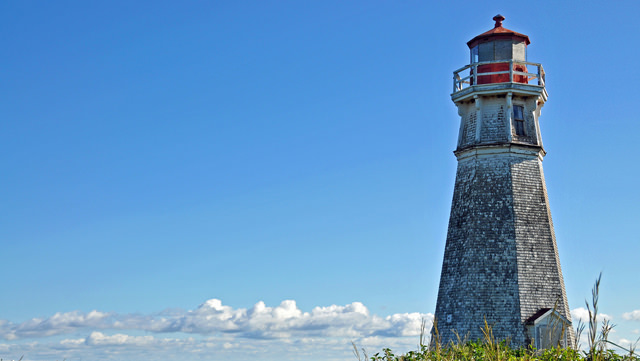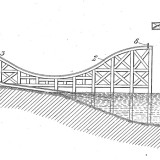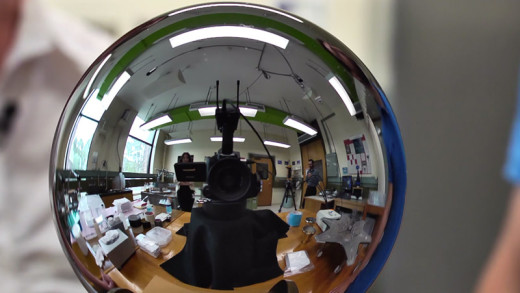Want to live in a lighthouse? These 4 responsibilities might make you think twice

Living in a lighthouse sounds great: you sip from a full mug of coffee, look at the ocean, and occasionally shoo away some seagulls. It’s picturesque and peaceful, according to postcards.
There are a few different ways to live in a lighthouse: you can buy one, rent one, or become a volunteer or paid lighthouse keeper. Each has different responsibilities, but even a rental can be a full time job. These are just four of the difficult things you have to do if you call a lighthouse home.
1. Play tour guide to curious strangers
Lighthouses are historical landmarks, and that means you’ll have visitors. Many lighthouses include a gift shop, museum, and guided tours on their itinerary. If you’re living at one of them, as lighthouse keeper you’re their guide.
At the Rose Island Lighthouse, for example, you’ll even be responsible for emptying out donation boxes at the end of the day. It’s an ironic problem that people living in a secluded lighthouse have to be sociable enough to invite strangers into their home.
2. Generate your own electricity (or live without it)
A lighthouse doesn’t magically send out light. Somebody has to turn it on. And somebody has to turn on the electricity, too.
Many lighthouses are in remote locations or on islands, so that means a generator is often the only available power supply. Some lighthouses have no power at all (at least for keepers’ quarters). One in Wisconsin boasts a large number of closets, but you’ll have to look elsewhere for electricity. It goes without saying that very few lighthouses have cable or wi-fi.
3. Be prepared to…survive
Lighthouses are intentionally remote outposts. That means they’re often far from society or on islands. So you should be ready to survive.
Take, for example, the Michigan Island Lightstation. The actual light on this Wisconsin lighthouse is automated, but the rest is up to you. There’s no running water and you use an outhouse (forget about electricity, too). The remote island is hard to reach, and the National Park Service warns that “only the most experienced private boaters and sea kayakers should consider attempting a trip to this lighthouse.”
Of course, not all lighthouses are so isolated. But some are far enough from civilization that they require a survivalist’s ability to find drinkable water, store supplies, and go days without outside contact during inclement weather. Not so picturesque, is it?
4. Perform light keeping duties, no matter what
Finally, and perhaps most importantly, a light keeper has a responsibility to keep the lighthouse running. That means a lot of hard work instead of a lighthouse idyll.
Many light keepers are tasked with raising the flag first thing in the morning. After that, they turn on the generator and make sure everything is functional. Some posts recommend listening to Marine Radio after that. The day is free except for lighthouse repairs, maintenance, and tours. But at night, there’s more to do.
If you live in a lighthouse, you can’t complain about a flashing light that goes off every fifteen seconds. You also have to deal with frequent fog horn noises that are more important than your beauty sleep. Living in a lighthouse isn’t a vacation—it’s a job, and lives depend on you doing it well.













